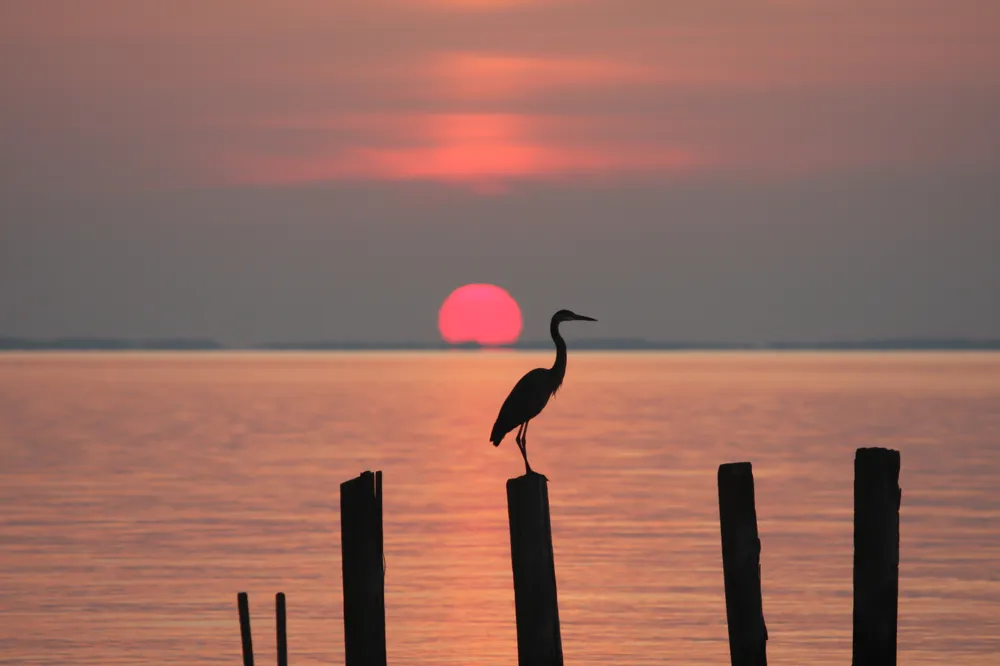Here’s a scenic glimpse into Maine’s conservation efforts—spanning coastlines, forests, wetlands, and inland waterways. Now, let’s explore how Maine embraces responsible living, from water conservation and land stewardship to protecting its beautiful beaches and ecosystems.
Water Conservation in Maine
Everyday Practices for Sustainable Living
Maine residents and communities are encouraged to adopt simple yet impactful water-saving habits:
Identify and fix leaks—even a faucet dripping once per second can waste over 2,700 gallons annually Mainemainewater.com.
Retrofit toilets and fixtures with low-flow options or displacement devices to save water with every use Mainemainewater.com.
Take shorter showers, turn off water while brushing, and collect excess water for plants or flushing as an eco-friendly alternative MaineGovDelivery.
Be smart with outdoor use—water lawns only when needed (early morning/evening), use rain gauges, and install rain barrels to recycle water mainewater.comGovDelivery.
The Maine DEP leads campaigns, workshops, and school programs to inspire conservation across communities. Resources include:
Public education initiatives, community fairs, leak-detection support, utility partnerships, and outreach to farms to promote efficient irrigation and responsible tourism State Regs Todaywww1.maine.gov.
The Land for Maine’s Future (LMF) program—backed by voter-approved bonds since 1987—has funded more than 300 conservation projects, preserving habitats, farmland, forests, and recreation areas statewide Natural Resources Council of MaineMaine.
The Maine Natural Resource Conservation Program (MNRCP) grants support restoration and protection of wetlands, streams, and aquatic wildlife habitats—over $33 million awarded to date mnrcp.org.
The Maine Land Trust Network (MLTN) unites 80 local trusts, conserving over 2.68 million acres, maintaining 2,500 miles of trail, and preserving hundreds of water access points Wikipedia.
The Maine Natural Areas Program (MNAP) identifies and monitors rare ecosystems and species, safeguarding biodiversity across ecological reserves in the state The University of Maine.
ACEP (Agricultural Conservation Easement Program) helps protect working farms, grazing lands, and wetlands through easements—continuing to accept applications through 2025 Natural Resources Conservation Service.
The Magalloway Conservation Collaborative is raising $62 million to protect 78,000 acres in western Maine—balancing sustainable forestry, habitat protection, and public recreation Maine.
The Wells National Estuarine Research Reserve conserves 2,250 acres of salt marsh, forests, and beaches. It combines research, restoration, and community education to protect vibrant coastal ecosystems Wikipedia.
Through the Gulf of Maine Coastal Program, tidal marsh restoration is underway in Cape Elizabeth and beyond—enhancing resilience and habitat while coordinating a statewide marsh restoration network U.S. Fish and Wildlife Service.
Reid State Park in Georgetown is a rare gem with sandy beaches, dunes, tidepools, and nesting sites for endangered birds like piping plovers and least terns—making stewardship here vital for coastal biodiversity Wikipedia.
The Maine Island Trail, managed by MITA, offers recreational access to over 200 coastal sites while relying on Leave No Trace principles, invasive species control, and cleanup efforts to preserve island ecosystems Wikipedia+1.
At Popham Beach State Park, quicksand incidents have become more frequent, triggered by storm-altered water flows. Though non-lethal, they’ve prompted warning signage and public guidance for visitor safety New York PostAP News.
Recently, beaches in Ogunquit and beyond faced water quality advisories due to fecal contamination—highlighting the importance of monitoring and managing water health to protect both people and marine life AP News.
Investments in Maine’s trail networks not only enhance recreation but also support conservation:
A proposed $30 million funding package aimed at improving motorized and non-motorized trails would boost trail safety, access, and maintenance—supporting communities and outdoor lovers across the state AP News.
Maine’s responsible living initiatives highlight a balanced, community-driven approach:
Sustain water with everyday efficiency and education.
Preserve land through strategic funding, collaborative trusts, and visionary projects.
Protect coasts via habitat preservation, safe visitor practices, and monitoring.
Build trails that connect people to nature sustainably.
By embracing these practices, Maine sets a powerful example of stewardship—ensuring its forests, waters, shores, and wildlife continue to thrive for generations to come.
Would you like to explore how to get involved, volunteer opportunities, or details on visiting some of these key conservation areas? I’d be happy to help!



